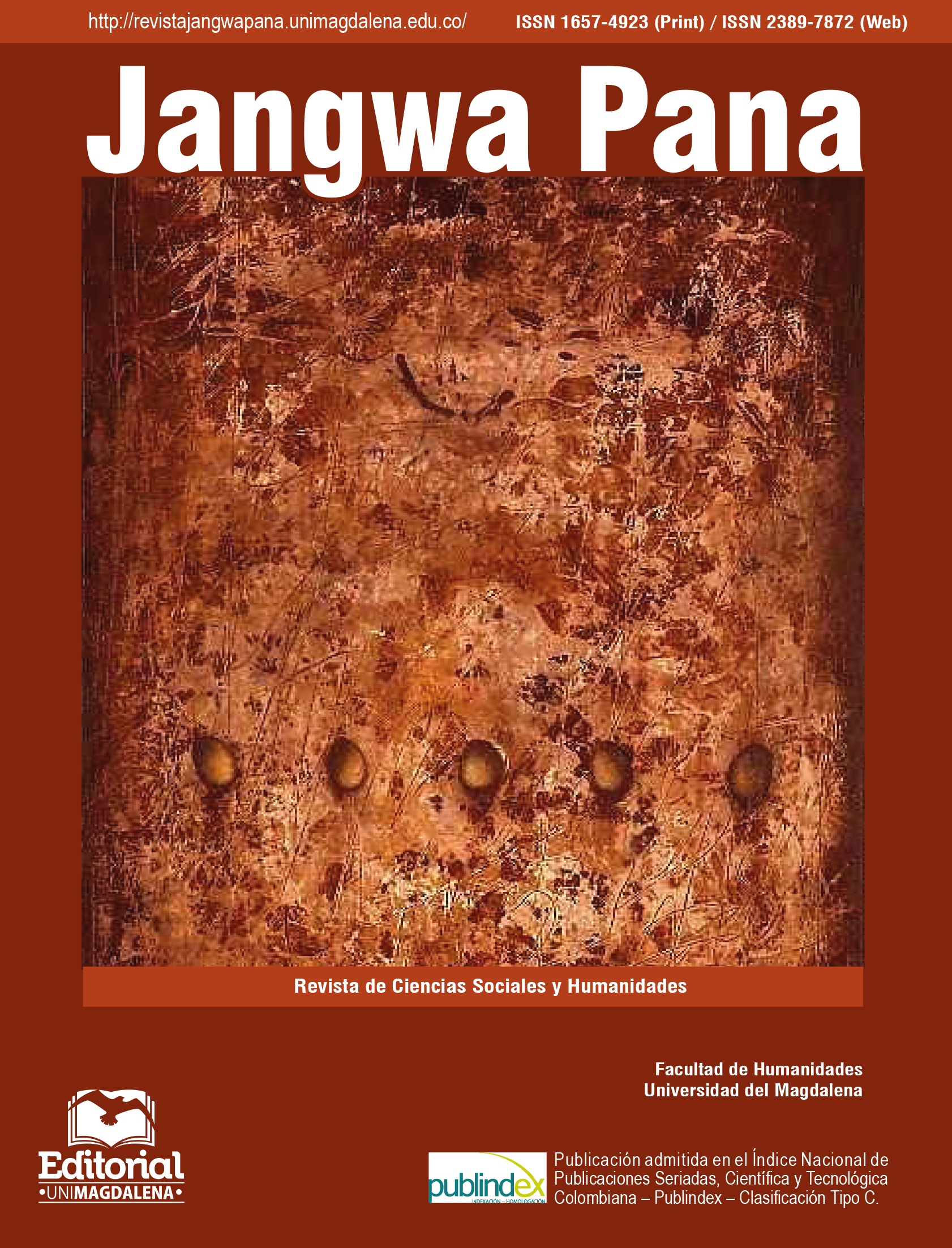Memory and ways to represent judgments against genocides in Argentina. A concept to analyze the written press
Main Article Content
Abstract
Downloads
Article Details
References
Feld, C. (2012). La televisión ante el pasado reciente: ¿Cómo estudiar la relación entre TV y memoria social? Anos 90, 19(36), 149-172.
Feierstein, D. (2007). El genocidio como práctica social. Entre el nazismo y la experiencia argentina, Buenos Aires: Fondo de Cultura Económica.
Feierstein, D. (2012). Memorias y Representaciones. Sobre la elaboración del genocidio, Buenos Aires: Fondo de Cultura Económica.
Gatti, G. (2008). El detenido-desaparecido. Narrativas posibles para una catástrofe de la identidad, Montevideo: Trilce.
Halbwachs, M. (2005). Memoria individual y memoria colectiva. Estudios, 16, 163-187.
Jelin, E. (2002). Los trabajos de la memoria. Madrid y Buenos Aires: Siglo XXI.
Lacapra, D. (2007). Historia en tránsito. Experiencia, identidad, teoría crítica, Buenos Aires: Fondo de Cultura Económica.
Lavabre, M. (1998). Maurice Halbwachs et la sociologie de la mémoire. Raison Présente, 128, 47-56.
Namer, G. (1998). Antifascismo y la memoria de los músicos de Halbwachs. Ayer, 32, 35-56.
Nora, P. (2008). Entre memoria e historia. La problemática de los lugares, en N. Pierre. (Ed.), Pierre Nora en Les lieux de mémoire (9-33). Montevideo: Trilce.
Nora, P. (1998). “La aventura de Lieux de mémoire”. Ayer, 32, 17-34.
Pollak, M. (2006). Memoria, olvido, silencio, La Plata: Al Margen Editora.
Portelli, A. (2003). Memoria e identidad. Una reflexión desde la Italia postfascista, en E. Jelin & V. Langland (comps.), Monumentos, memoriales y marcas territoriales (165-190). Madrid y Buenos Aires: Siglo XXI.
Rousso, H. (2000). “El duelo es imposible y necesario”, entrevista por Claudia Feld, Revista Puentes, n°2, 30-40.
Rousso, H. (2012). “Para una historia de la memoria colectiva: el post Vichy”. Aletheia, 3(5), 1-14. Recuperado de http://www.aletheia.fahce.unlp.edu.ar/numeros/numero-5/pdfs/Rousso-ok.pdf
Traverso, E. (2012). La historia como campo de batalla: interpretar las violencias del siglo XX, Buenos Aires: Fondo de Cultura Económica.

